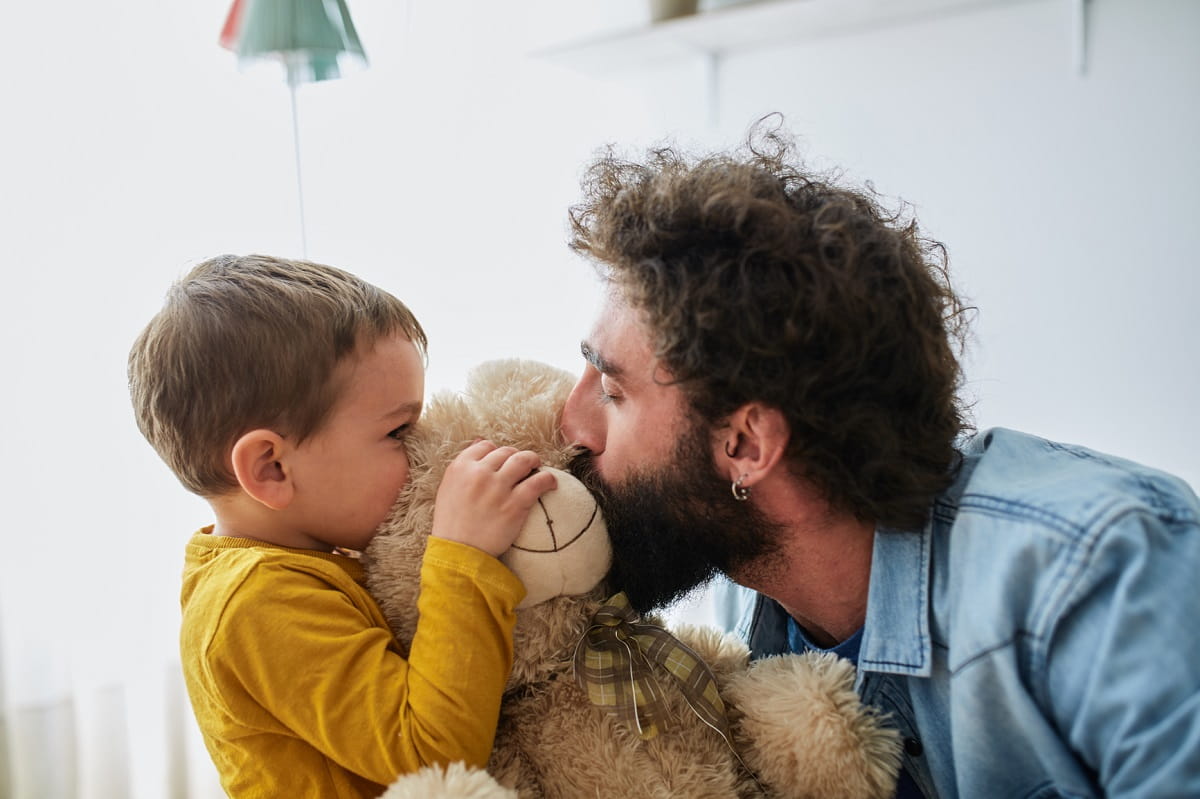Beyond the Time-Out: Why Some Experts Question This Popular Parenting Technique

It’s probably the most popular parenting tool out there: the time-out. On the surface, there’s a lot to love about this discipline technique—for one, it’s a respectful alternative to spanking and scolding (which is probably why it came about in the first place). And for weary parents faced with unwanted behavior—snatching toys, hitting, thermonuclear meltdowns—simply sending your child to the time-out spot gives both of you five or ten glorious minutes of breathing space and a chance to cool down.
But are time-outs the most effective way to respond when emotions flare, food gets flung, and your child’s behavior becomes a bit out of control? Are they helpful in changing your child’s behavior for the better?
Perhaps not.
Rather than correcting behavior, it seems that “the primary experience a time-out offers a child is isolation,” according to researchers. What’s worse is that time-outs can go beyond isolation and generate feelings of rejection. Even with the gentlest, kindest delivery possible, your three-year-old may interpret time-out as, “Mom only wants to be around me when I’m having a good day. Otherwise, not so much.” Ouch.
That’s part of the reason that many parenting experts are saying “out with time-out.” According to parenting instructor Linda Hatfield, emotional attachment is one of children’s core needs—and in sending them away, that’s “the very thing parents sacrifice.”
There’s another issue at hand: What most parents (reasonably) interpret as misbehavior may simply be a child’s age-appropriate way of communicating that she needs a little help calming down, or could really use some connection time with Mom and Dad to get through the big emotions of the moment. According to Hatfield, “the vast majority of kids don’t misbehave; they behave. They behave like kids.”
So instead of sending your child away to navigate her feelings on her own (which she’s not able to do at this developmental stage), consider ways you can connect with her. Here’s a few tips on bringing your child back into the tribe when she loses her cool or breaks the rules:
- Don’t send your child away by himself—instead, join him in a calm-down area. Dr. Daniel Siegel, professor of psychiatry at the UCLA School of Medicine, suggests something called a “time-in,” where you sit with your child in a designated space while she calms down and you both step away from a stressful situation.
- Keep your time-in peaceful. This is not the time for a long speech on proper behavior. When emotions are high, the main goal is to calm down. Save any lessons for a time when your child is better able to listen.
- Remember that all behavior is communication. Whatever sent you both to the time-in space is a message from your child. Is he hungry or tired? Does he need help putting words to his emotions? Does he simply need some connection time or a hug?





